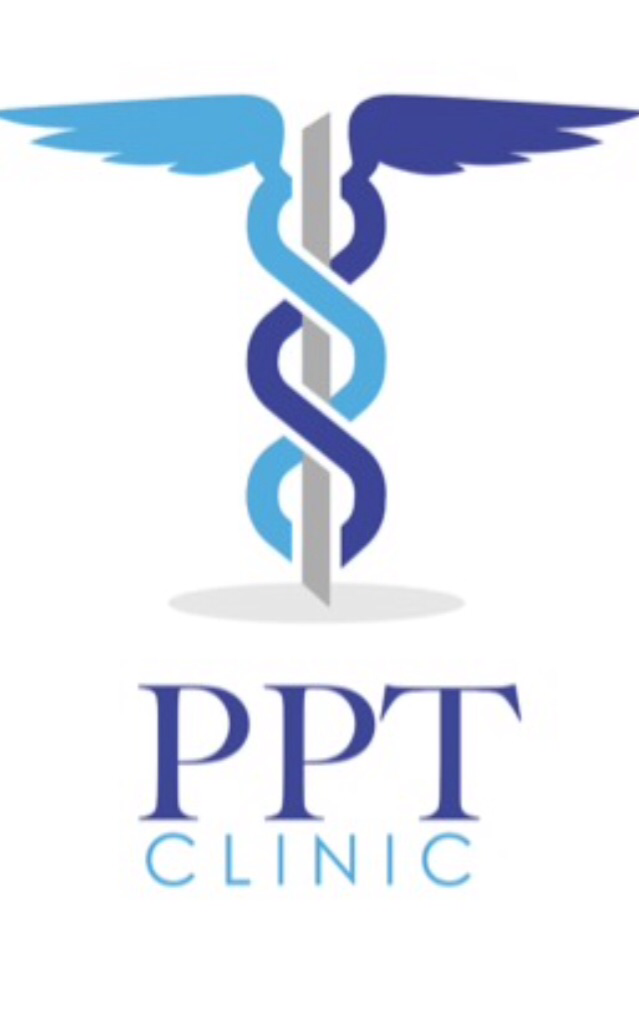Dry Needling
Dry needling is the insertion of sterile single use acupuncture needles directly into myofascial (muscular) trigger points. Trigger points are tight, tender knots within the muscle which cause and contribute to pain within the body. They usually appear as tender nodules in a taut band in the muscle. They may consist of multiple contraction knots which are thought to be due to an excessive release of acetylcholine from select end plates, and are generated by overuse, overstretching, or overloading of a muscle. Research studies have shown that inserting such needles into trigger points causes favourable biochemical changes within the body, which help reduce pain.
Although dry needling uses the same needles as acupuncture, it is not the same technique. Dry needling is strictly based upon Western medicine principles of treating myofascial trigger points, which are different to traditional acupuncture points.
Dry needling can be used to treat a variety of musculoskeletal problems as the treatment of muscles with this technique can reduce pain mechanisms and break down pain cycles. It is best used in combination with the specific rehabilitation programme as prescribed by your therapist.
Musculoskeletal conditions include;
- Repetitive stress injuries, tendonopathies/tendonitis, muscle strains.
- Back, neck and head pain.
- Sciatica
- Plantar fasciitis.
- Rotator cuff impingement
- Iliotibial band syndrome
- Sacroiliac joint dysfunction
- Patellofemoral joint dysfunction.
- Golf and Tennis elbow
and many more.
Dry needling can be used, if deemed necessary by your therapist, in conjunction with your physical therapy treatment or as a stand alone treatment, depending on your needs.
There are two types of trigger points-Active and Latent.
Active trigger points can spontaneously trigger local pain in the vicinity of the trigger point or can refer pain or paraesthesia to more distant locations.
They cause muscle weakness, range of motion restrictions and several autonomic phenomena.
Latent trigger points do not cause pain without being stimulated, but they alter muscle activation patterns and contribute to limited range of movement. Factors such as trauma, temperature changes, poor posture can contribute to latent triggers.
Muscle dysfunction can be the primary or secondary contributing factor to many neuromusculoskeletal conditions and pain cycles.
What happens with dry needling?
When the needle is inserted into a myofascial trigger point, it deactivates and desensitizes the trigger point.
It results in a local twitch response (an involuntary spinal reflex) which is both diagnostic (only occurs when we hit the trigger/ taut band) and therapeutic as it is the first step in breaking the pain cycle as research shows will decrease muscle contraction, reduce chemical reaction, improve flexibility and decrease pain.
The exact mechanisms of dry needling are unknown, there are several hypotheses:
Dry needling and the subsequent local twitch response may mechanically disrupt the contracted nature of the trigger point. Since trigger points are associated with dysfunctional motor endplates, it is conceivable that needling damages or even destroys motor endplates and causes distal axon denervation.
Motor neurons may become stuck in a feedback loop/reflex arc, facilitating muscle spasm, this reflex may have continued for years, introducing a new stimulus (the needle) impeded the reflex arc and has the effect of relaxing the muscle.
When a needle is inserted into muscle it will also produce a controlled lesion and cut between 3000 to 15000 individual muscle fibres. The body considers the needle as a foreign invader and will activate the immune system as a response. The cut muscle fibres also produce an inflammatory reaction that your body will respond to not just locally but all over the body to reduce inflammation systemically.
It also causes an increase in blood flow to the muscle. It causes the activation of descending inhibitory systems which would block noxious stimulus into the dorsal horn.
Ultimately we are trying to change the chemical makeup of the muscle and break a pain cycle. The muscle will feel much softer and relaxed with an almost immediate increase in movement and muscle length.
Is dry needling painful?
Most people do not feel the insertion of the needle. A healthy muscle feels very little to no discomfort. When we hit the trigger, the local twitch response elicits a brief pain and cramping and /or deep aching sensation. Elicitation of local twitch response and recognizable referred pain is a good and desirable reaction because it confirms a possible source of dysfunction. People soon learn to recognise and welcome this sensation as it results in deactivating the trigger point, reducing pain and restoring normal length and function to the involved muscle.
How long does it take for the procedure to work?
In some cases improved mobility and decreased pain is immediate. Typically the muscle feels achey and bruised for a few days – pain relief, stretching and icing may be recommended. There is occasional bruising.
Usually an increase in flexibility is immediate. It can take a few days to see an improvement with your pain. You may be tired after the treatment and may need to rest after, this depends on the release achieved and how long the muscle has been in the pain cycle.
It may take a few sessions to gain a lasting positive effect. We are trying to cause mechanical, biochemical and neurological changes, therefore we are looking for a cumulative response to deactivate trigger points, disrupt pain and restore optimal muscle function.
Rare side effects may be nausea, dizziness or fatigue. It is not uncommon to have increased energy levels, better appetite and sleep after a dry needling treatment.


